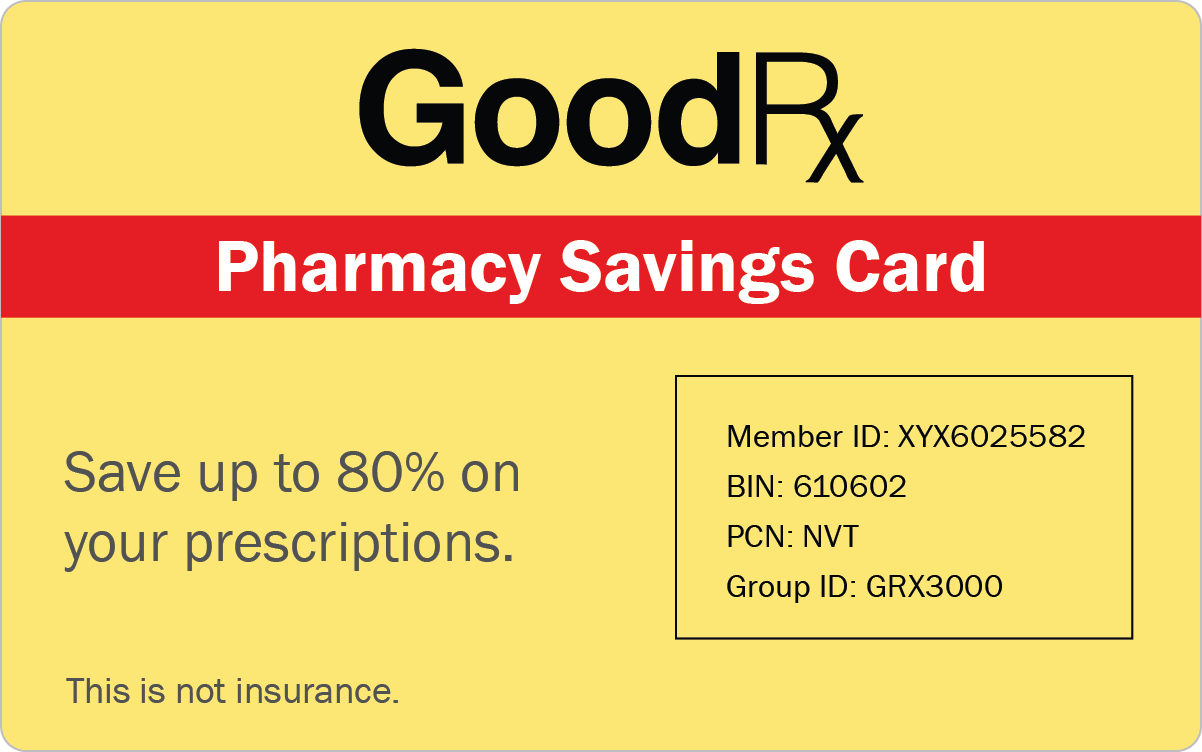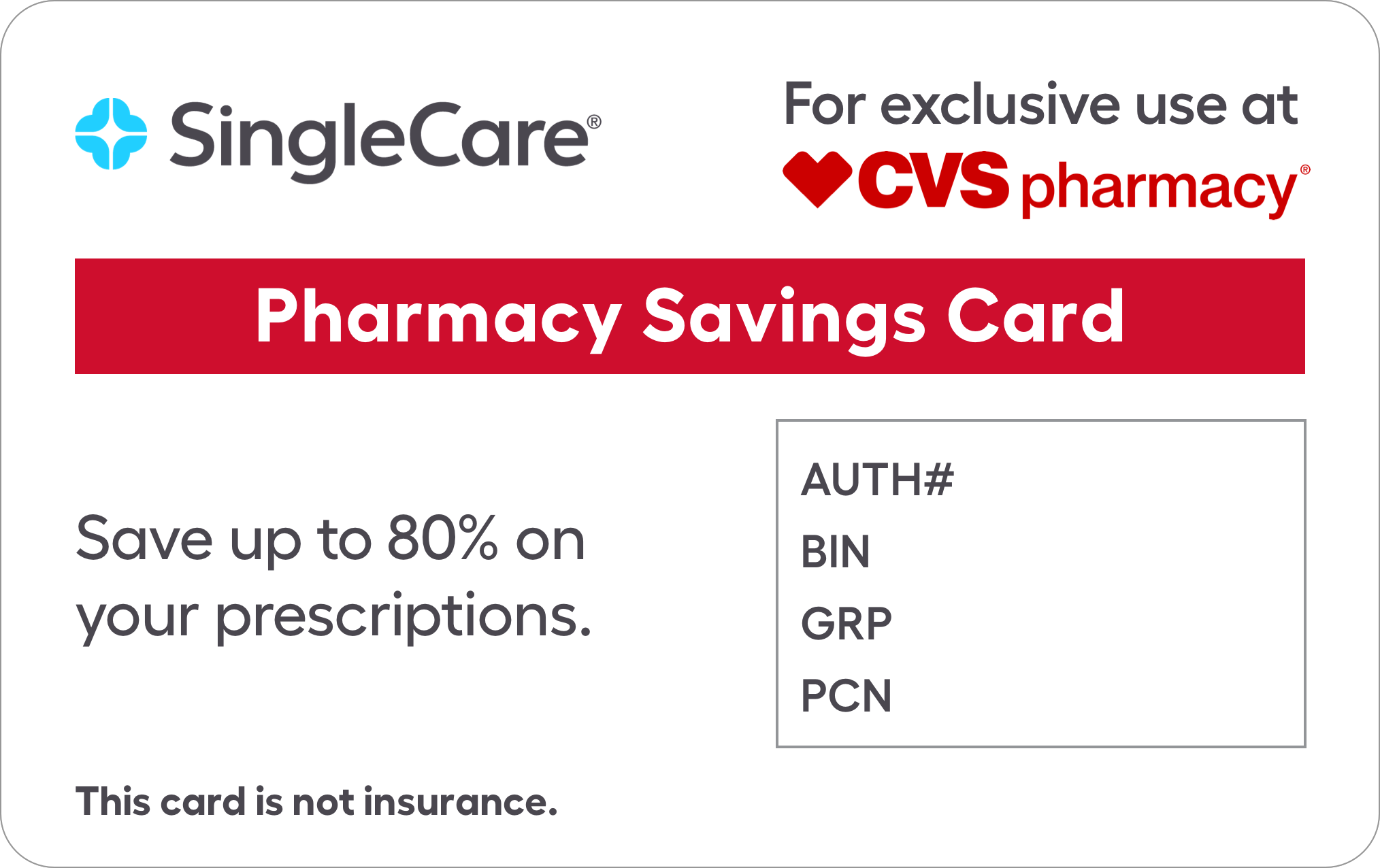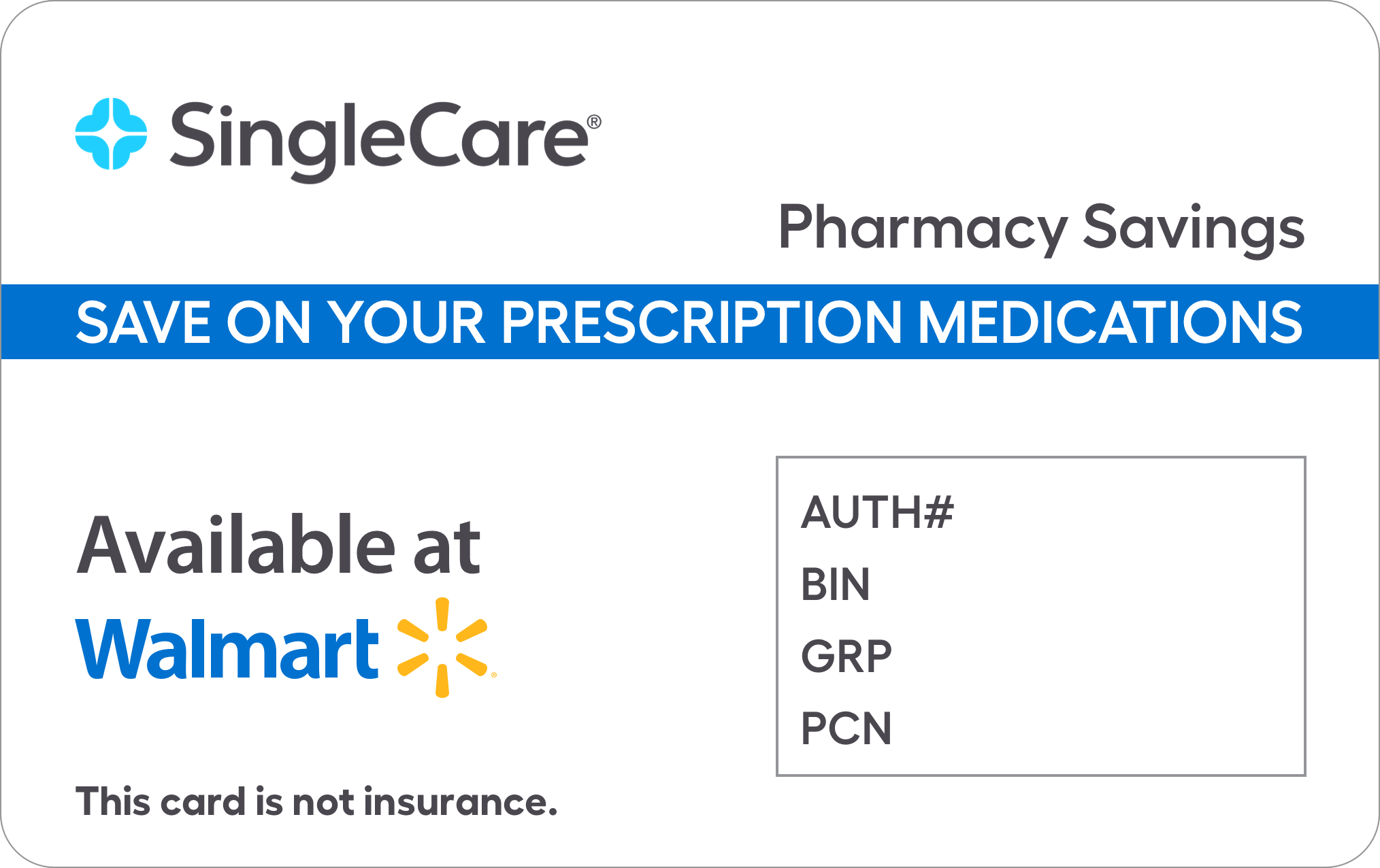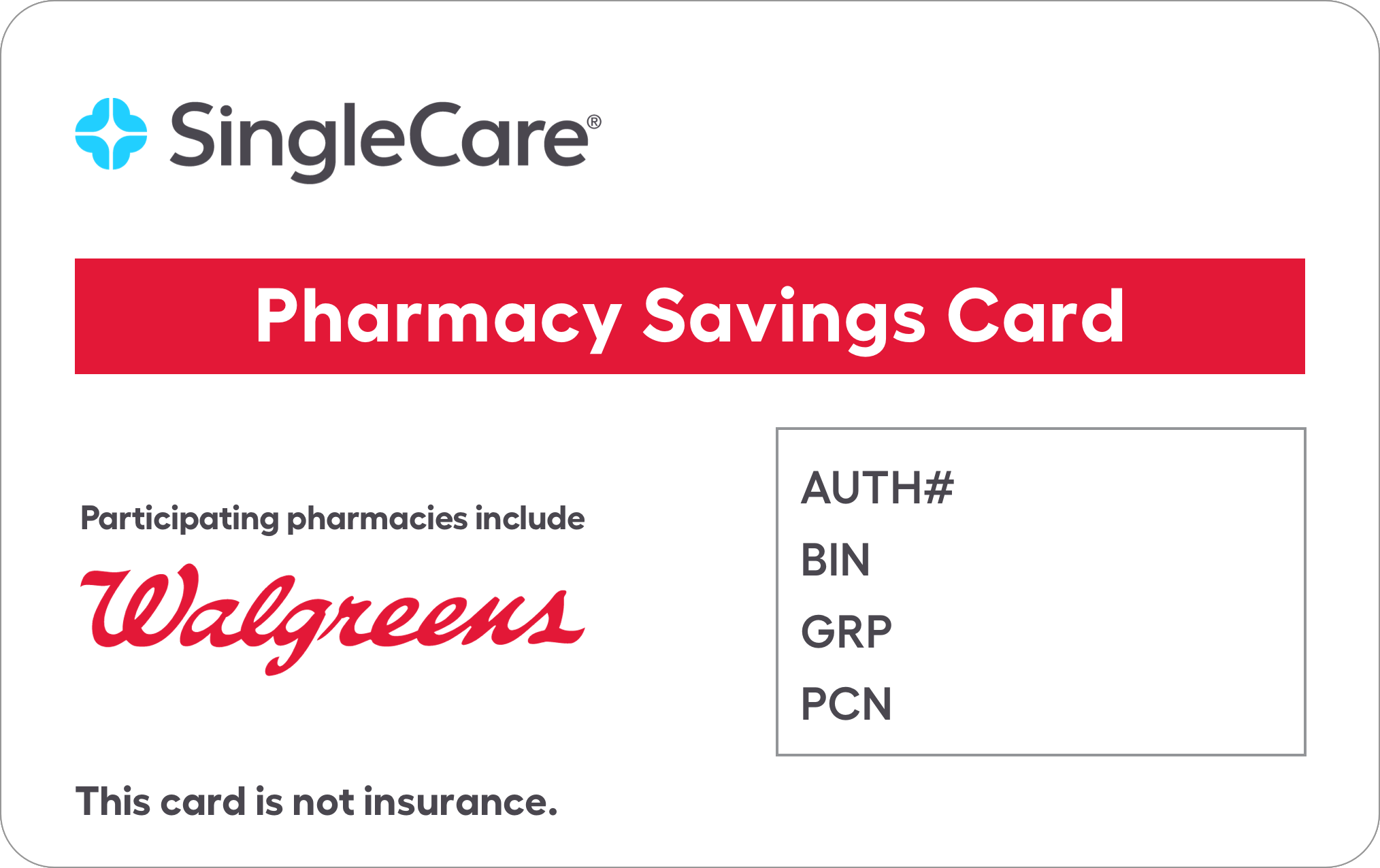This medicine is a narcotic (opioid) pain medicine used to manage moderate to severe chronic pain in patients who need continuous, around-the-clock narcotic (opioid) pain relief and whose pain cannot be managed by other pain medicines. This medicine should only be used by patients who have already been taking other narcotic pain medicine on a regular schedule and are tolerant to its effects. This medicine should NOT be used if you have just had surgery and you have not already been using narcotic pain medicines, you only need occasional or "as-needed" pain relief, or you have pain that is mild or is not expected to last for an extended period of time.
Follow the directions for using this medicine provided by your doctor. AN ADDITIONAL PATIENT INFORMATION LEAFLET is available with this medicine. In the United States, the patient leaflet is a MEDICATION GUIDE approved by the U.S. Food and Drug Administration along with detailed instructions for use. Read them carefully. Ask your doctor, nurse, or pharmacist any questions that you may have about this medicine. APPLY THIS MEDICINE to the skin only. Do not chew, swallow, or put this medicine in your mouth. BEFORE USING THIS MEDICINE, clip (do not shave) any hair at the application site. Clean the area with clear water and allow the skin to dry completely. Do not use soaps, oils, lotions, alcohol, or any other liquid that could irritate or otherwise affect the skin. APPLY THIS MEDICINE right after removing it from the sealed package. Do not use a patch if the package is not sealed. Do not apply a patch that has been cut or damaged in any way. THE PATCH should be applied to a dry, smooth, undamaged, nonirradiated section of skin on a flat surface (eg, chest, back, flank, upper arm). In young children or patients with mental impairment, place the patch on their upper back to decrease the chance that they will remove the patch and put it in their mouths. Press firmly for 30 seconds to make sure the patch stays in place. Check to see that the edges of the patch are stuck to the skin. Wash your hands after applying or removing the patch. IF THE PATCH DOES NOT STICK, you may tape only the edges with first aid tape or cover the patch with a special type of clear adhesive film dressing (eg, Bioclusive, Tegaderm). Do not cover the patch with any other bandage or tape. Ask your doctor if you are unsure of what type of dressing you can use. A PATCH MAY BE WORN continuously for 72 hours or as directed by your doctor. If pain relief for more than 72 hours is needed, apply a new patch to a different skin area after removing the old patch. Do not wear more than 1 patch at a time unless your doctor tells you otherwise. If the patch falls off before 72 hours have passed, apply a new patch to a different skin site. PREVENT OTHERS FROM COMING INTO CONTACT with this medicine (eg, while hugging, sharing the same bed, accidental sitting on a patch, accidental exposure of a caregiver while applying or removing a patch). CHECK WITH YOUR DOCTOR BEFORE EATING GRAPEFRUIT or drinking grapefruit juice while taking this medicine. IF YOUR PAIN CONTINUES or becomes worse or if you have side effects that concern you, contact your doctor. STORE THIS MEDICINE at room temperature below 77 degrees F (25 degrees C) in its original sealed pouch, away from heat, moisture, and light. Brief storage at temperatures between 59 and 86 degrees F (15 and 30 degrees C) is permitted. KEEP THIS MEDICINE out of the reach of children and away from pets. DISPOSE OF USED PATCHES (including patches that have fallen off) and unused patches that are no longer needed according to the instructions in the additional patient leaflet that comes with this medicine. Contact your pharmacist if you have any questions about how to dispose of this medicine. IF YOU FORGET TO CHANGE YOUR PATCH on the day it is due, change the patch as soon as you remember. DO NOT double your dose to catch up.
WARNING: This medicine is a narcotic pain medicine that may become habit-forming. THIS MEDICINE MAY CAUSE severe and sometimes fatal breathing problems. This medicine should not be used if you have not already been taking and are tolerant to narcotic pain medicine, right after surgery if you have not already been using narcotic pain medicines, if only occasional or "as-needed" pain relief is needed, or if the pain is mild or is not expected to last for an extended period of time. The risk of this medicine's side effects, including breathing problems, may be increased if you use this medicine with certain other medicines (eg, amprenavir, clarithromycin, fluconazole, fosamprenavir, itraconazole, nelfinavir) or if you eat grapefruit or drink grapefruit juice. Ask your doctor or pharmacist if you have questions about which medicines may increase the risk of breathing problems. Contact your doctor right away if you experience slow, shallow, or difficult breathing. ACCIDENTAL EXPOSURE TO A NEW OR USED PATCH (either on the skin or in the mouth) may cause serious and sometimes fatal side effects, especially in children. Keep this medicine out of the reach of children. Follow the storage and disposal instructions in the additional patient leaflet that comes with this medicine. INFORM YOUR DOCTOR OR PHARMACIST of all prescription and over-the-counter medicine that you are taking. DO NOT USE THIS MEDICINE if you also take mifepristone, mixed agonist/antagonist pain medicines (eg, buprenorphine), sibutramine, sodium oxybate, (GHB), or a monoamine oxidase inhibitor (MAOI) (eg, phenelzine), or if you have taken an MAOI within the past 14 days. ADDITIONAL MONITORING OF YOUR DOSE OR CONDITION may be needed if you are taking amiodarone, anticholinergics (eg, scopolamine), aprepitant, azole antifungals (eg, ketoconazole), benzodiazepines (eg, alprazolam), crizotinib, diltiazem, fosaprepitant, macrolide antibiotics (eg, erythromycin), naltrexone, nefazodone, other narcotic medicines (eg, oxycodone), phenothiazines (eg, chlorpromazine), protease inhibitors (eg, ritonavir), rifamycins (eg, rifampin), selective serotonin reuptake inhibitors (SSRIs) (eg, fluoxetine), serotonin norepinephrine reuptake inhibitors (SNRIs) (eg, venlafaxine), telithromycin, verapamil, or vilazodone. DO NOT START OR STOP any medicine without doctor or pharmacist approval. Inform your doctor of any other medical conditions, including a history of lung or breathing problems (eg, asthma, COPD); sleep apnea; curvature of the spine (scoliosis); heart problems (eg, slow or irregular heartbeat); high blood carbon dioxide levels (hypercapnia or hypercarbia); low blood oxygen levels (hypoxia); liver, kidney, gallbladder, or thyroid problems; pancreas problems (eg, pancreatitis); urinary blockage or trouble urinating; stomach or bowel problems (eg, blockage); seizures; suicidal thoughts or actions; allergies (eg, adhesives); pregnancy; or breast-feeding. Tell your doctor if you have severe drowsiness, growths in the brain (eg, tumors), a recent head injury, low blood pressure, dehydration, low blood volume, constipation, stomach pain, poor health, or a fever. Tell your doctor if you or a member of your family has a history of mental or mood problems (eg, depression), or alcohol or other substance abuse or dependence; you drink alcohol or have symptoms of alcohol withdrawal; or you have been very ill, are very overweight, have recently had or will be having surgery (eg, stomach or bowel surgery), or will be having an MRI. USE OF THIS MEDICINE IS NOT RECOMMENDED if you have difficult, shallow, or slowed breathing; severe lung problems (eg, severe asthma) or you are having an asthma attack; severe liver or kidney problems; narrowing of the stomach or bowels or known or suspected stomach or bowel blockage (eg, paralytic ileus); increased pressure in the brain; or in CHILDREN under 2 years of age. Contact your doctor or pharmacist if you have any questions a
SIDE EFFECTS that may occur while using this medicine include diarrhea; dizziness; drowsiness; dry mouth; feeling cold; headache; loss of appetite; mild itching, redness, or discomfort at the skin application site; mild stomach pain; nausea; sweating; tiredness; trouble sleeping; or vomiting. If they continue or are bothersome, check with your doctor. THIS MEDICINE MAY CAUSE CONSTIPATION. Talk with your doctor or pharmacist about taking a stool softener or laxative to prevent constipation. It is also important to maintain a diet adequate in fiber, drink plenty of water, and exercise to prevent constipation. If you become constipated while taking this medicine, talk with your doctor or pharmacist. THIS MEDICINE MAY CAUSE DIZZINESS, drowsiness, lightheadedness, or fainting. Alcohol, hot weather, exercise, and fever can increase these effects. To prevent them, sit up or stand slowly, especially in the morning. Also, sit or lie down at the first sign of dizziness, lightheadedness, or weakness. THESE EFFECTS MAY BE WORSE if you take it with alcohol or certain medicines. Do not drive or perform other possibly unsafe tasks until you know how you react to it. CONTACT YOUR DOCTOR IMMEDIATELY if you experience abnormal sighing; bluish skin or nails; burning, numbness, or tingling; chest pain; cold, clammy skin; confusion; difficulty urinating; difficulty talking, thinking, or walking; difficult, shallow, or slow breathing; fainting; fast, slow, or irregular heartbeat; hallucinations; mood or mental changes (eg, anxiety, depression); memory problems; muscle spasms; red, swollen, blistered, or peeling skin; seizures; severe or persistent constipation, stomach pain, or vomiting; severe or persistent dizziness, drowsiness, headache, or lightheadedness; shortness of breath; swelling of the hands, ankles, or feet; tremor; unusual tiredness or weakness; vision problems (eg, blurred vision). AN ALLERGIC REACTION TO THIS MEDICINE is unlikely, but seek immediate medical attention if it occurs. Symptoms of an allergic reaction include rash; hives; itching; difficulty breathing; tightness in the chest; swelling of the mouth, face, lips, throat, or tongue; or unusual hoarseness. If you notice other effects not listed above, contact your doctor, nurse, or pharmacist. This is not a complete list of all side effects that may occur. If you have questions about side effects, contact your healthcare provider. Call your doctor for medical advice about side effects. You may report side effects to FDA at 1-800-FDA-1088.
IF OVERDOSE IS SUSPECTED, remove the patch and contact your local poison control center or emergency room immediately. Symptoms of overdose may include bluish skin or nails; cold and clammy skin; coma; confusion; difficult, shallow, or slow breathing; fainting; hallucinations; limp muscles; pinpoint or enlarged pupils; seizures; severe drowsiness, dizziness, or lightheadedness; shortness of breath; slow or irregular heartbeat; trouble thinking, talking, or walking; or unusual tiredness.
THE PATCH CONTAINS A STRONG NARCOTIC PAIN MEDICINE (similar to morphine, hydromorphone, methadone, oxycodone, and oxymorphone) in the form of a gel. If the gel leaks from the patch at any time, do not touch the gel. If you have unintended contact with the gel, immediately wash the affected area with large amounts of water only. If you have concerns, speak with your pharmacist or doctor for further instructions. DO NOT CARRY the original sealed pouch containing this medicine in your pocket. DO NOT SHARE THIS MEDICINE with others for whom it was not prescribed. DO NOT USE THIS MEDICINE for other health conditions. IF YOU WILL BE USING THIS MEDICINE FOR AN EXTENDED PERIOD OF TIME, be sure to obtain a new prescription before your supply runs out. PROPERLY DISPOSE OF ANY UNUSED PATCHES remaining from a prescription as soon as they are no longer needed. CHECK WITH YOUR PHARMACIST about how to dispose of unused medicine.
![]()












 Click the "Get free coupon" button to receive your free Duragesic discount
Click the "Get free coupon" button to receive your free Duragesic discount
 Print, email or text message your coupon
Print, email or text message your coupon
 Present your coupon the next time you fill your prescription
Present your coupon the next time you fill your prescription

















